It’s now been 74 years to the day since the Japanese attack on Pearl Harbor, and America’s foray into the the Second World War.
At the USS Arizona Memorial, military personnel will be interring the ashes of Lieutenant Commander Joe Langdell, who died this past February at the age of 100. During the attack, Langdell worked to help rescue survivors and locate the remains of those who had died. Westfield, Massachusetts resident Robert Greenleaf, the last Pearl Harbor survivor in his area, will be honored by a city ceremony. Similar commemorations are taking place throughout the country.
As a way of looking back on the Day of Infamy and how it shaped the proceeding decades, we’ve compiled a list of some of the more pertinent Pearl Harbor stories we’ve published here at Warfare History Network:
Comparing Nimitz and Yamamoto
“Japan cannot defeat America; therefore, Japan should not go to war with America.” Admiral Isoroku Yamamoto, Commander-in-Chief of the Combined Fleet of the Imperial Japanese Navy, spoke those words to a group of school children as his government contemplated just that.
Yamamoto’s opponent was Admiral Chester W. Nimitz, who assumed command of the shattered U.S. Pacific Fleet just three weeks after the Pearl Harbor disaster. Born in Fredericksburg, Texas, the 57-year-old Nimitz graduated seventh in the U.S. Naval Academy Class of 1905. He commanded destroyers and cruisers during World War I and the interwar years.
The Salvage Effort: Keeping Navy Fighting
The Pearl Harbor disaster presented the U.S. Navy with a sobering question: how to recover? More than 2,000 men had died. Nearly half as many were wounded. Eighteen ships were damaged or sunk.
“The scene to the newcomer was foreboding indeed. There was a general feeling of depression throughout the Pearl Harbor area when it was seen and firmly believed that none of the ships sunk would ever fight again.” This was a haunting sentiment from Captain Homer Wallin, the man who would lead the salvage effort.
What To See at Battlefield O’ahu & the USS Arizona Memorial
Battlefield O’ahu is part of the National Park Service’s World War II Valor in the Pacific National Monument. The monument’s central mission is to honor those who fell during the Japanese attack on O’ahu. The majority of the sites are adjacent to the U.S. Naval Base at Pear Harbor. The park is a 45-minute drive from Waikiki and is reached via State Highway 99.
The visitor center offers an interpretive program that includes a 23-minute film on the December 7 attack. Tickets for the Arizona Memorial interpretive program and other Pearl Harbor historic sites are available for free at the visitor center. The visitor center also houses museum exhibits, a bookstore, and a snack bar.
The Story of the USS West Virginia
During the Japanese attack on Pearl Harbor on December 7, 1941 the primary target was Battleship Row. These capital ships had to suffice since the American carriers were away. Among the battleships lined up alongside Ford Island was the USS West Virginia, a 20-year-old warship with a crew of over a thousand. During the battle the ship took seven torpedo hits along the port side along with two bomb strikes around its superstructure. The ship rapidly flooded, settling on the floor of the harbor with her superstructure above water.
The Real Hirohito
He was the longest-reigning monarch and head of state in the 20th century, and the third-longest in history behind King Louis XIV of France (72 years) and England’s Queen Victoria (64 years). Indeed, the 62 years of Japan’s late Emperor Hirohito on the throne of Japan spanned American presidencies from Calvin Coolidge to Ronald Reagan, from one conservative era to another.
As always, we’d like to hear what your thoughts are, so please feel free leave a comment below.
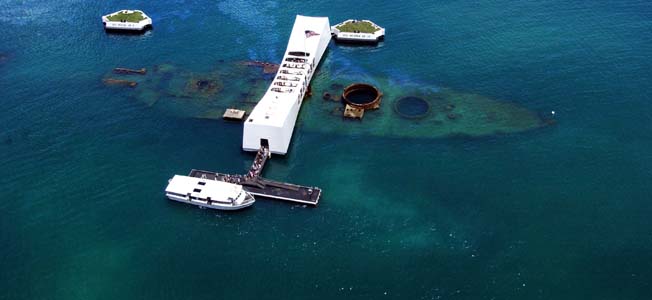
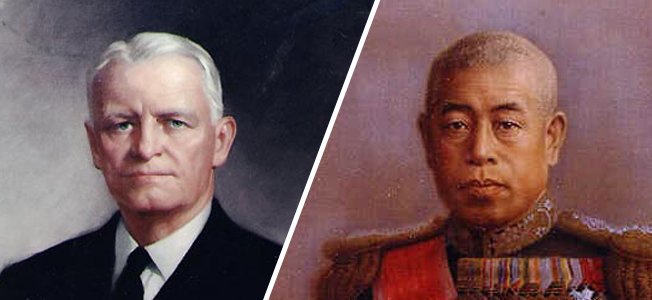
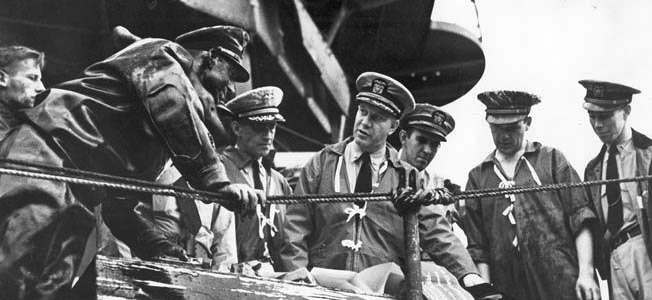
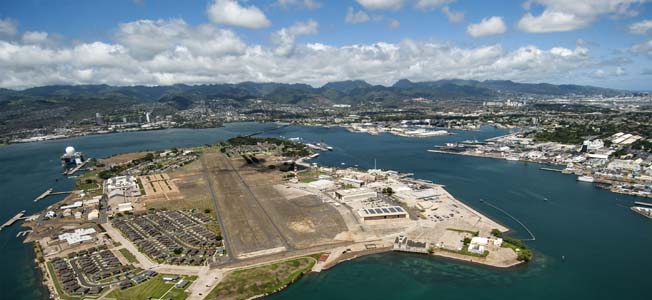
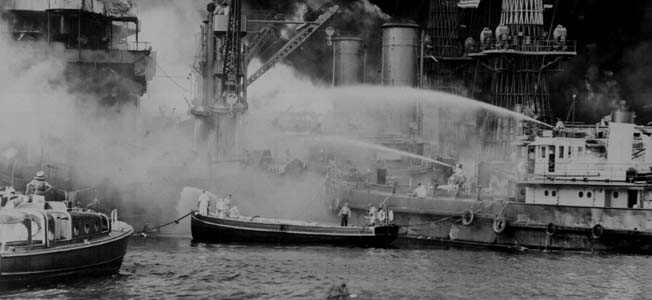
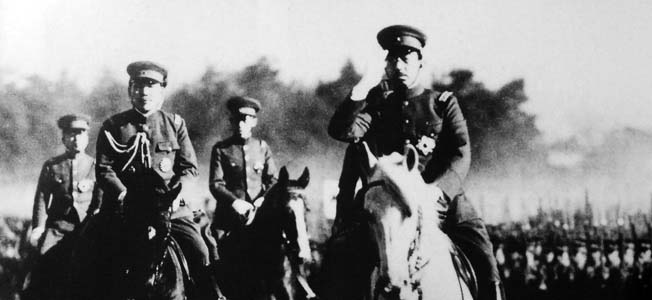
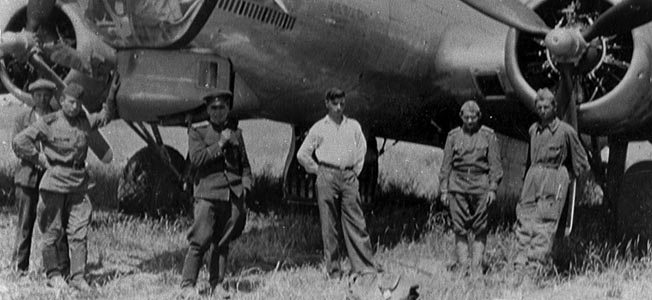
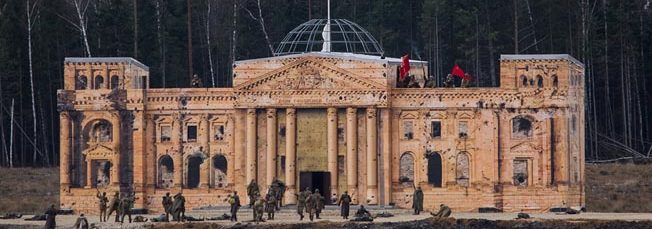
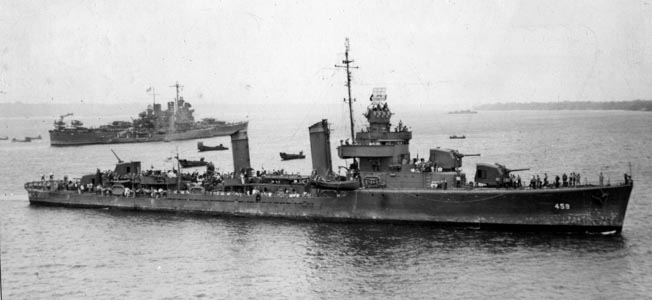
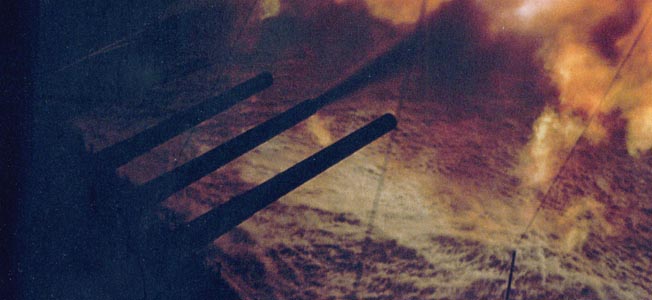
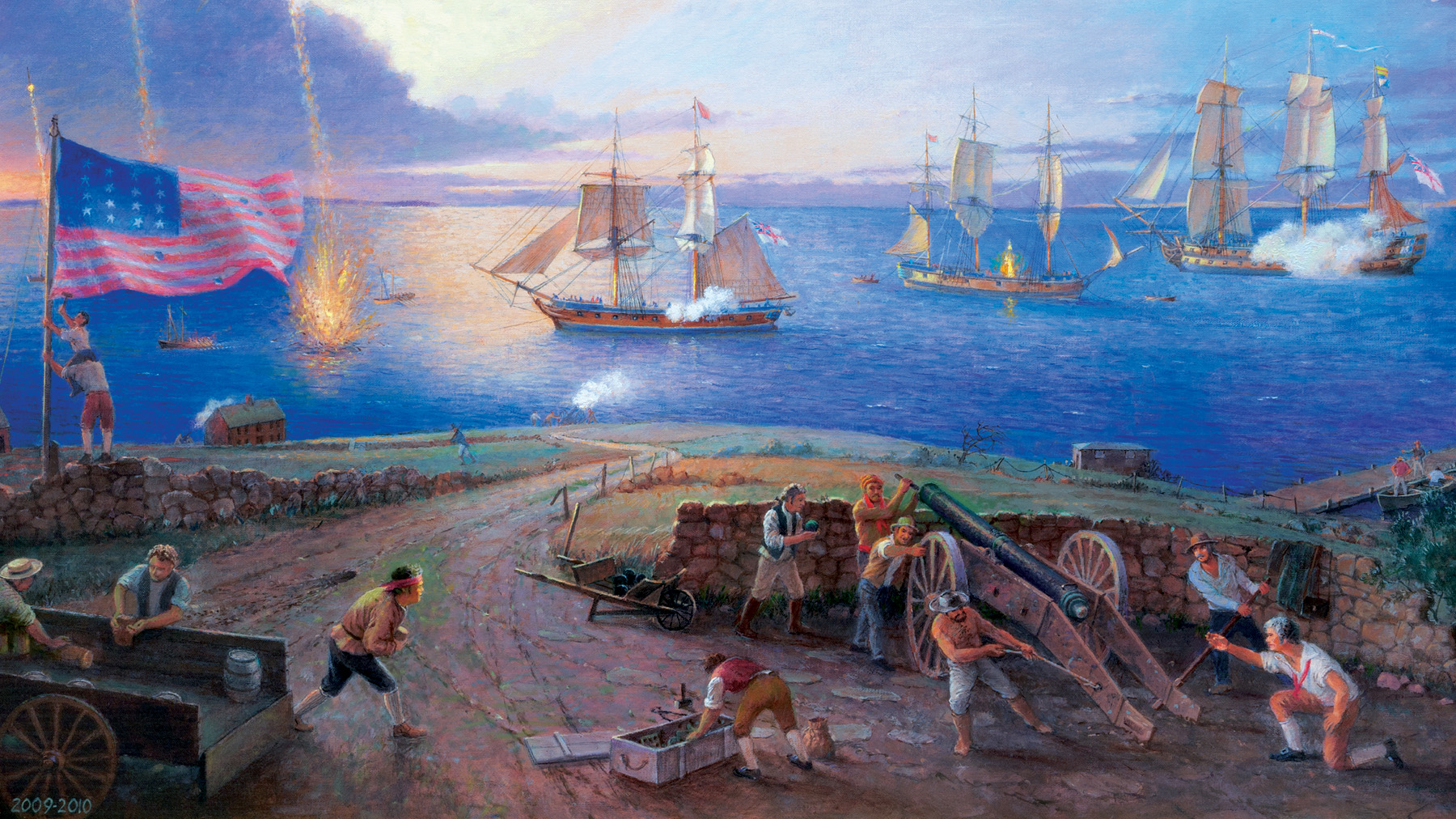

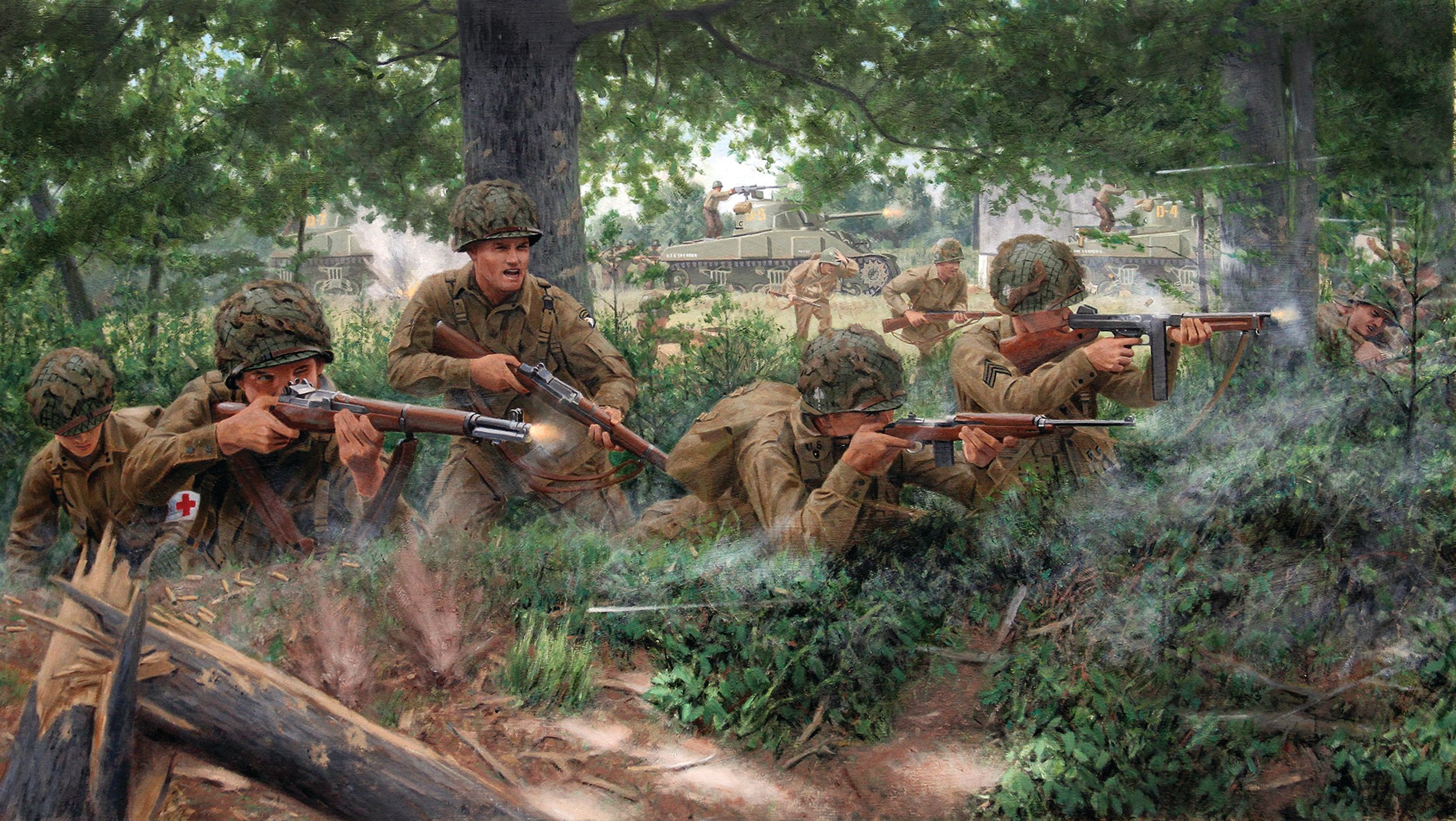
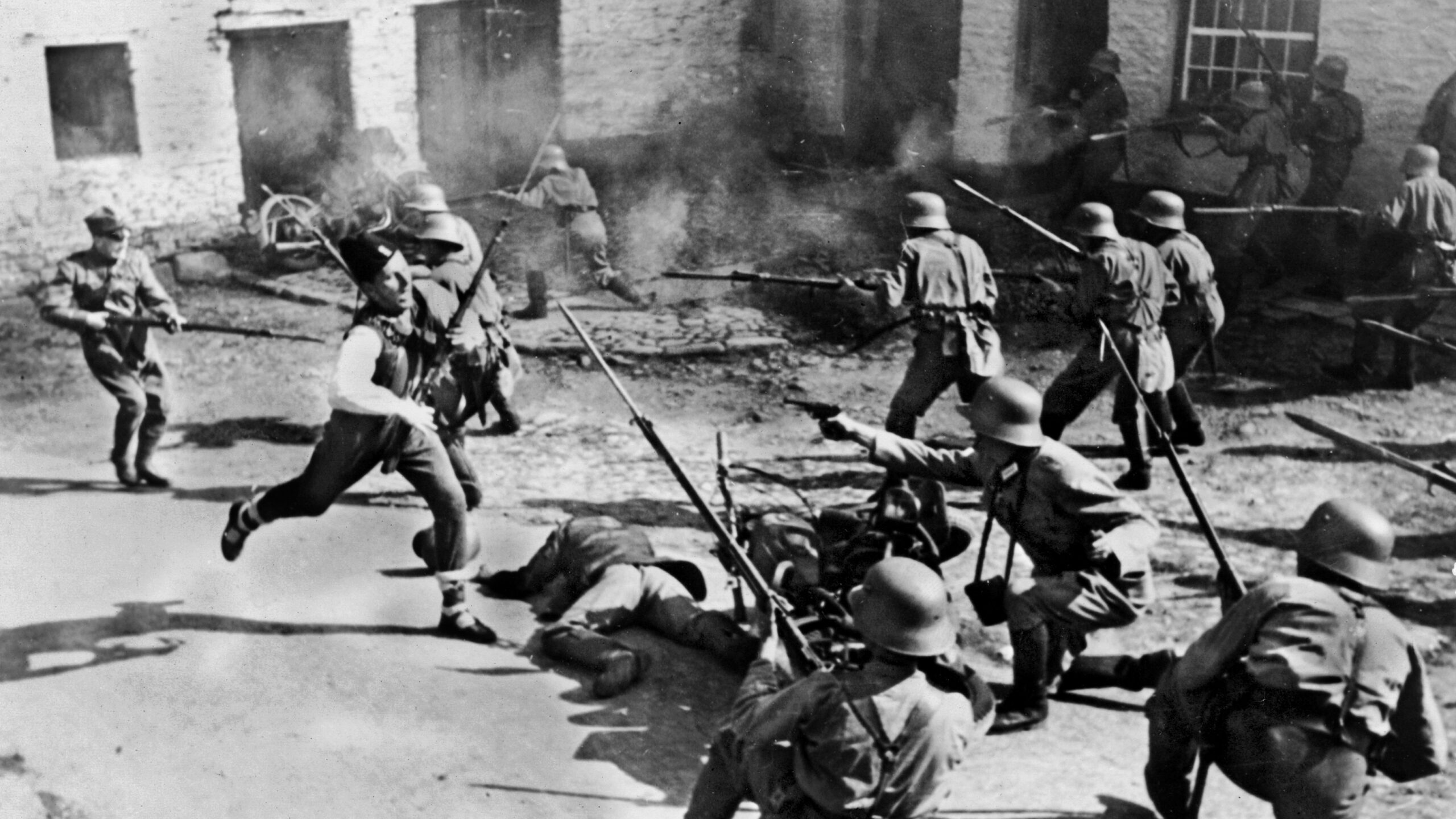
Join The Conversation
Comments
View All Comments